Picture this: A $40 oil change ignored becomes a $7,000 engine replacement. Preventive maintenance delivers up to a 545% return on investment and can save 3 - 9 times more than reactive repairs.
Yet American drivers lose over $2 billion annually due to maintenance neglect.
As someone who has guided countless vehicle owners through countless automotive service, I can tell you with absolute certainty that most catastrophic failures start with something preventable. The numbers are staggering and the solutions surprisingly simple.
The Financial Reality of Fluid Neglect
When customers tell me "I know my car will get me home" after seeing their oil change light flashing for months, I know I'm about to deliver expensive news. The American Automobile Association estimates that vehicle downtime due to maintenance issues costs $448 per day. But that's minor compared to the real devastation.
A routine oil change costs $45 - $95 in most markets. Ignoring it leads to complete engine failure ranging from $3,000 - $7,000 for replacement. The Federal Trade Commission warns that “neglecting even simple routine maintenance, like changing the oil or checking the coolant, can lead to poor fuel economy, unreliability, or costly breakdowns.”
I've seen too many vehicles come into the shop where owners say "it was running fine yesterday" only to discover their transmission is seized from old fluid, or their cooling system has corroded beyond repair.
The Five Critical Fluids Every Professional Monitors
1. Engine Oil
Engine oil lubricates, cleans, and cools internal components operating at temperatures exceeding 200°F. When oil breaks down or runs low, metal on metal contact destroys bearings, pistons, and cylinder walls within minutes.
Professional Check Method:
- Remove dipstick with engine off and cool
- Clean dipstick completely with shop rag
- Reinsert fully, then remove for reading
- Oil should appear between minimum and maximum marks
- Fresh oil appears amber to black; contaminated oil looks thick or gritty
Warning Signs: Metal particles on dipstick indicate bearing wear. Milky appearance suggests coolant contamination. Both require immediate professional attention.
Maintenance Schedule: Check monthly, change every 5,000 - 7,500 miles for conventional oil, 7,500 - 10,000 miles for full synthetic.
2. Coolant
Coolant prevents freezing in winter and overheating in summer while protecting against corrosion. The cooling system operates under pressure, making leaks particularly dangerous. Overheating causes immediate and catastrophic engine damage.
Professional Check Method:
- Check coolant reservoir when engine is completely cold
- Level should be between minimum and maximum marks
- Coolant appears bright green, orange, pink, or blue depending on type
- Never remove radiator cap on hot engine
Warning Signs: Sweet smell indicates coolant leaks. White exhaust smoke suggests internal leaks. Rusty or muddy appearance means the system needs flushing.
Maintenance Schedule: Check monthly, replace every 30,000 - 50,000 miles or per manufacturer specifications.
3. Brake Fluid
Brake fluid transfers pedal pressure to brake components through hydraulic force. Contaminated or low brake fluid means brake failure. This isn't about convenience; it's about survival.
Professional Check Method:
- Locate brake fluid reservoir near brake pedal
- Fluid should reach "full" line on translucent reservoir
- Fresh brake fluid appears clear to light amber
- Dark or black fluid requires immediate replacement
Warning Signs: Spongy brake pedal feel, grinding noises, or brake warning light activation all indicate system problems requiring professional diagnosis.
Maintenance Schedule: Check every three months, replace every two years regardless of mileage.
4. Transmission Fluid
Transmission fluid lubricates gears, provides hydraulic pressure for shifting, and cools components. Modern transmissions are complex, expensive systems. Failure often means replacement costs exceeding $3,000 - $5,000.
Professional Check Method:
- Check with engine running and transmission warm (after driving)
- Remove dipstick, clean, reinsert fully, then check level
- Fluid should appear red and smell sweet
- Level between minimum and maximum marks
Warning Signs: Burnt smell indicates overheating. Dark brown or black color means immediate service needed. Grinding during shifts suggests internal damage.
Maintenance Schedule: Check every six months, replace every 30,000 - 60,000 miles depending on driving conditions.
5. Power Steering Fluid
Power steering fluid enables effortless steering through hydraulic assistance. Low fluid makes steering difficult and can damage expensive steering components.
Professional Check Method:
- Check reservoir near power steering pump
- Fluid level should reach "full" mark
- Fluid appears clear to reddish
- No unusual noises when turning wheel
Warning Signs: Whining noise when turning, difficulty steering, or foaming fluid indicate system problems.
Maintenance Schedule: Check quarterly, replace every 50,000 - 75,000 miles.
Reading the Warning Signs
After decades of diagnostic work, I've learned that vehicles communicate problems before they become catastrophic. The key is understanding their language.
1. Visual inspection protocol: Check under your vehicle weekly for fluid leaks. Each fluid has distinctive characteristics:
- Green, blue, or orange puddles indicate coolant leaks
- Dark brown or black stains suggest oil leaks
- Red oily spots point to transmission or power steering problems
- Clear puddles are usually harmless air conditioning condensation
2. Sound recognition: Squealing belts indicate loose or worn components. Grinding noises during braking mean immediate attention required. Knocking sounds from the engine suggest oil starvation or internal damage.
4. Performance changes: Hard starting, rough idling, or poor acceleration often indicate fluid related problems. Don't ignore these symptoms. As I tell my customers, “your car is trying to tell you something important.”
The Professional Maintenance Strategy
Smart maintenance follows a systematic approach. I recommend the monthly five-minute inspection routine:
- Week 1: Check engine oil and coolant levels
- Week 2: Inspect brake fluid and power steering fluid
- Week 3: Check transmission fluid and look for leaks Week 4: Overall visual inspection and fluid top-offs if needed
This rotation ensures nothing gets overlooked while building consistent maintenance habits.
Documentation Matters: Keep a simple maintenance log. Record fluid levels, appearance, and any changes. This data helps professional technicians diagnose problems faster and saves you money on diagnostic time.
When Professional Intervention Becomes Critical
Some situations require immediate professional attention. Don't attempt DIY repairs when you observe:
- Any fluid leak larger than a quarter-size puddle
- Sudden changes in fluid color or consistency
- Dashboard warning lights related to fluids
- Unusual noises during operation
- Significant performance changes
As mechanics, we appreciate customers who monitor their vehicles regularly. It helps us catch problems early when repairs cost hundreds instead of thousands.
The Investment That Pays Dividends
Regular fluid maintenance represents one of the highest-return investments you can make. A comprehensive fluid service typically costs $200-$400 annually. Compare that to major repair costs:
- Engine replacement: $3,000 - $7,000
- Transmission rebuild: $3,000 - $5,000
- Cooling system overhaul: $1,500 - $3,000
- Brake system failure: $800 - $2,000
The mathematics are compelling. Preventive maintenance saves 3 - 9 times more than reactive repairs, delivering up to 545% ROI according to fleet management studies.
Regular fluid checks take five minutes monthly but can extend vehicle life by decades. I've seen properly maintained vehicles reach 300,000+ miles with original engines and transmissions. The secret isn't complicated technology or expensive treatments. It's consistent attention to these five critical fluids.
Your vehicle is a significant investment deserving professional level care. These simple checks, performed regularly, will keep it running reliably while protecting your financial investment. When customers ask me for the single most important maintenance advice, I always respond the same way: “Check your fluids religiously, and address problems immediately.”
Remember, preventive maintenance isn't an expense. It's an investment in reliability, safety, and financial security. Your future self will thank you for the five minutes you spend today.
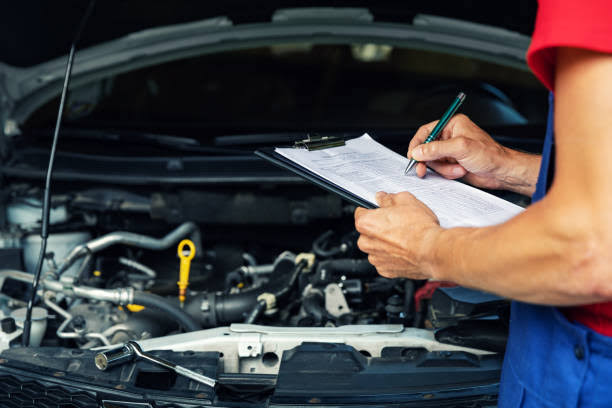
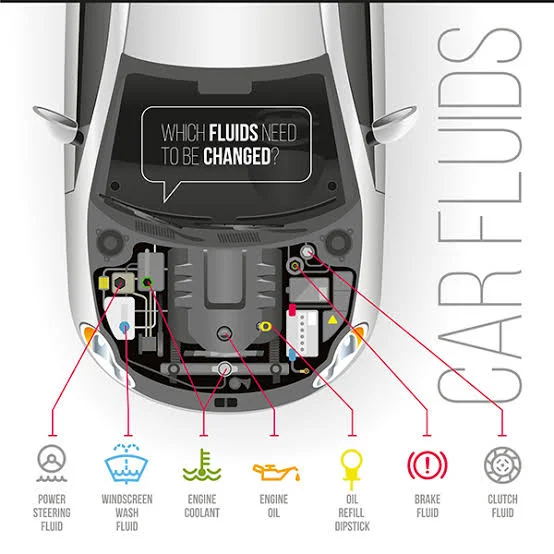
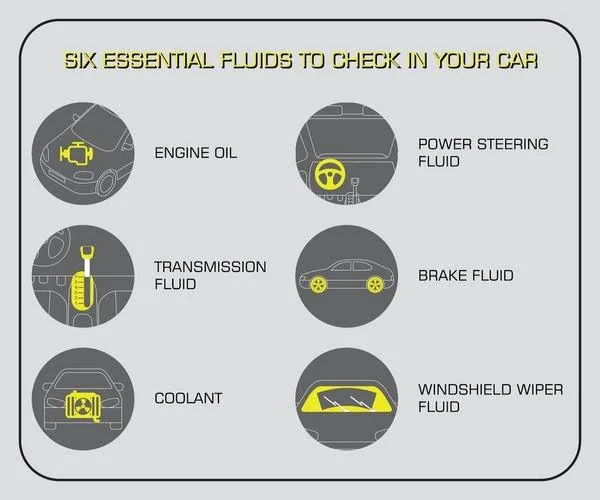
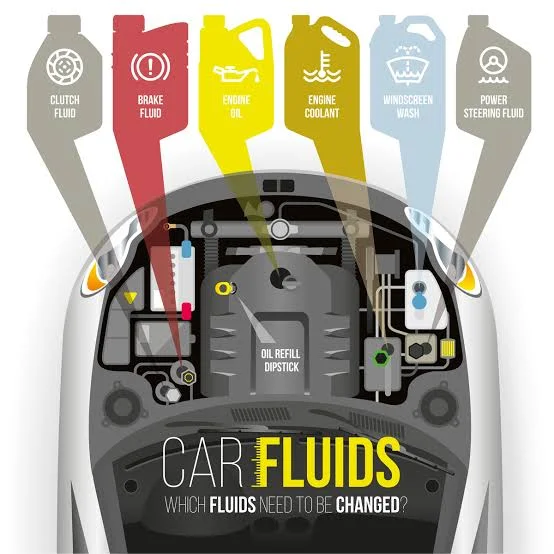
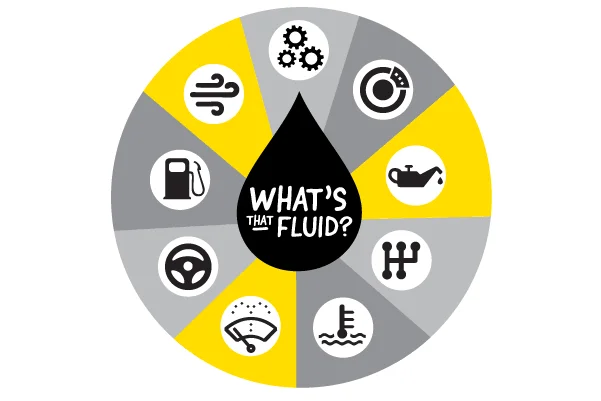

Comments (0)
Please login to join the discussion
Be the first to comment on this article!
Share your thoughts and start the discussion